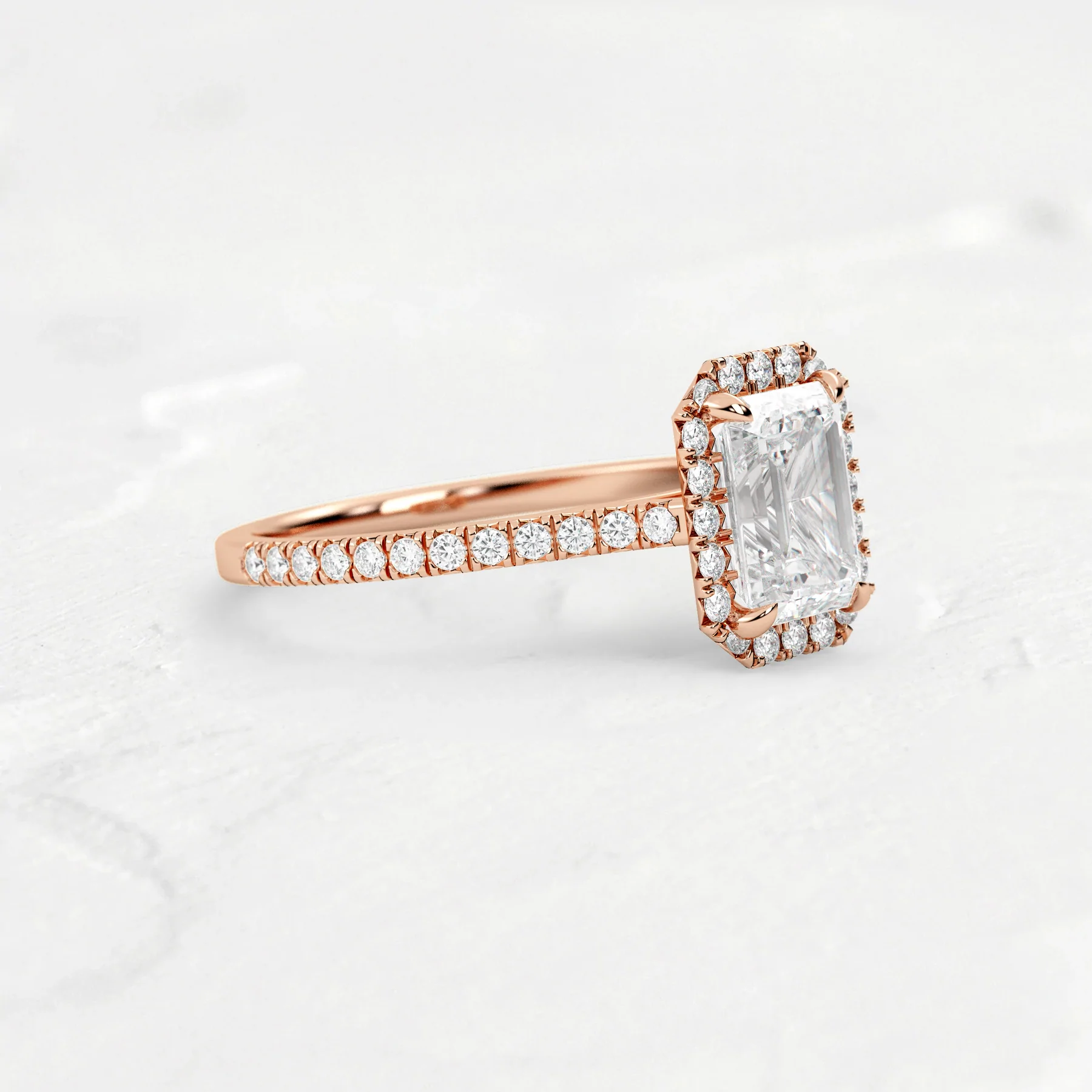Using a glueless wig is the perfect way to wear your hair without worrying about damaging your natural hair. It will last longer, and you don’t have to worry about causing an itchy scalp or hair follicles. It’s also easy to put on and take off. You can also find a variety of styles that will suit your specific needs.
Easy to put on and take off
Whether you are a woman suffering from hair loss or just want to try a new style, you can find a glueless wig that fits your needs. Glueless wigs are easy to put on and take off, and most are made of high-elastic lace mesh. They are a good choice for women with sensitive skin or those who don’t want to risk putting glue on their heads.
Before you buy a glueless wig, you should ask some questions. You will need to determine whether you have sensitive skin or are planning to use it for a long time. You may also want to try it on in a mirror.
Some glueless wigs come with pre-existing clips. Others require bobby pins. Bobby pins are easy to find, inexpensive, and do not damage your skin.
To put on a glueless wig, you need to measure the circumference of your head and adjust the wig to fit your head. If you are not sure how to do this, you may want to watch the video below.
Last longer
Glueless wigs are easy to apply and maintain. They are more breathable, and can last longer than traditional wigs. These wigs are also more comfortable on the scalp. They are also pocket-friendly to buy and maintain.
Glueless wigs are available in various styles. Some are full lace wigs, and others come with attachments. The best lace front glueless wigs are made from 100% human hair. They are also made with great care.
They are a great choice for people with sensitive scalps. Because they do not use glue, they are not harsh on the scalp. Glue can be messy and uncomfortable, and it can cause damage to the scalp.
Another advantage of glueless wigs is that they can be washed regularly. A mild shampoo should be used. Wigs should be cleaned at least every ten to fifteen wears. Wash the wig from the tips to the lace. It is best to use a wide-tooth comb when detangling. It is also a good idea to use a wig-friendly heat protectant when styling your wig.
Don’t stretch your natural hair
Using glueless wigs may be the next best thing to growing your own hair but it does come with its own set of drawbacks. If you’re not careful you could wind up with a moldy mess in the process. Fortunately, there are some simple tips and tricks that will help you look your best. And with a little practice, you may not even have to wear a wig at all!
One of the most effective ways to do this is to purchase a wig that features a built in moisture barrier. Another great tip is to apply a good quality moisturizer. This is especially important if you are prone to frizzy hair. If you do not moisturize, your hair will be more likely to dry out in the sun. After all, how can you expect your natural locks to stay frizz free when the weather is hot? It’s also important to remember that your hair is still a living organism after all.
Don’t cause itchy scalp and hair follicles
Using a glueless wig can be a great idea, but there are some precautions to take when using it. Some people find that wearing a wig can make their scalp itchy and irritated. While this is a natural reaction, it can become worse if the wig is placed on top of hair that has been colored or bleached. You can prevent this from happening by keeping the scalp and hair follicles from being dry and irritated. You can also treat the scalp to soothe itchiness and irritation.
If you are using an adhesive to hold your wig in place, you should be careful with the chemicals in the adhesive. A common ingredient in adhesives is acrylates, which can cause blisters and irritation on the scalp. The best way to avoid this is to use adhesives sparingly and to spot test new adhesive products before using them.
You can also use a scalp tonic to help relieve the itchiness and irritation. Products like Hydrosil Scalp Shield Tonic contain polyfructose extract from chicory root and a patented natural prebiotic complex that encourages the growth of beneficial scalp microbiota.



